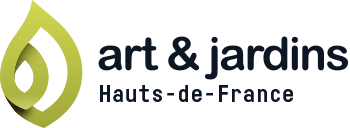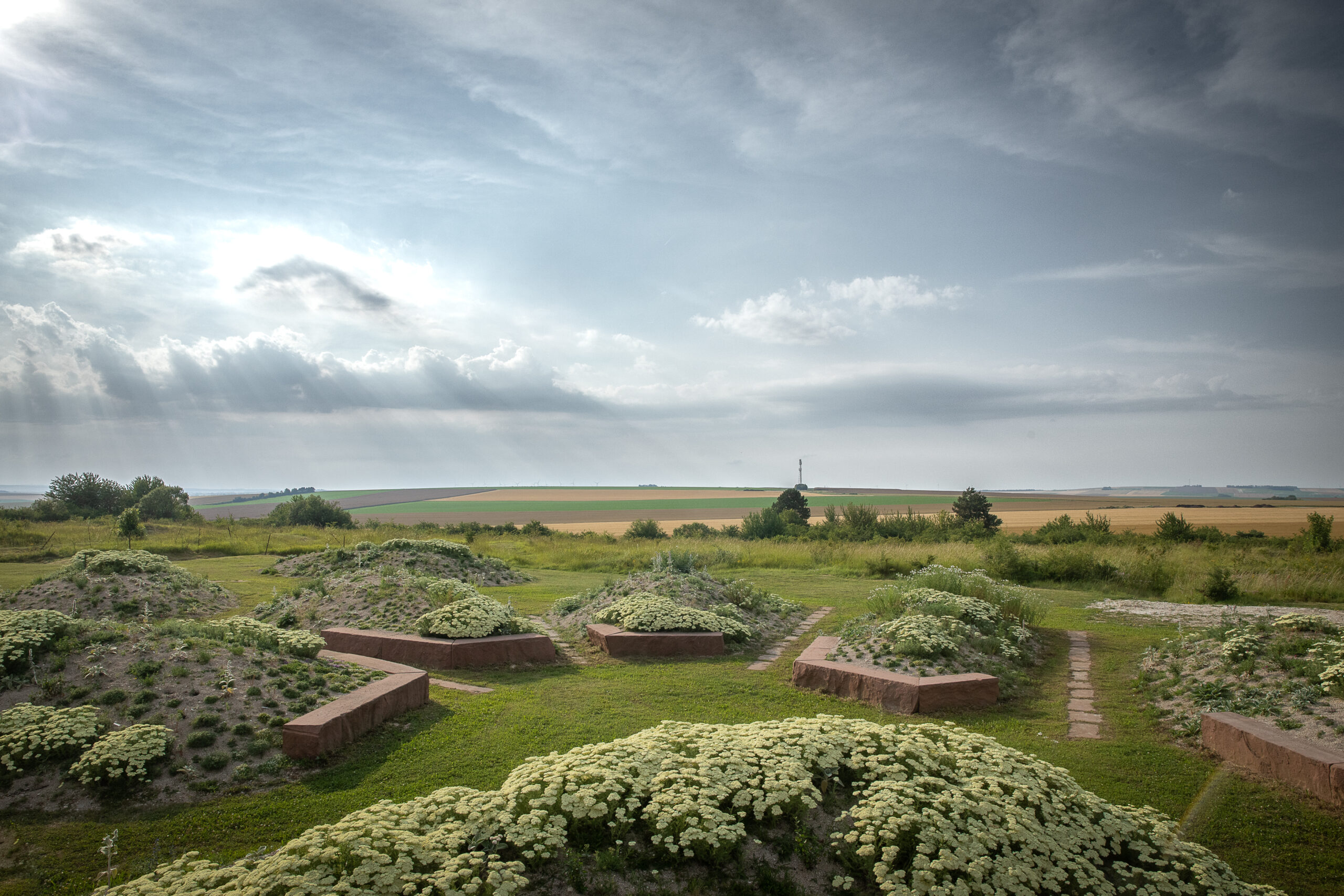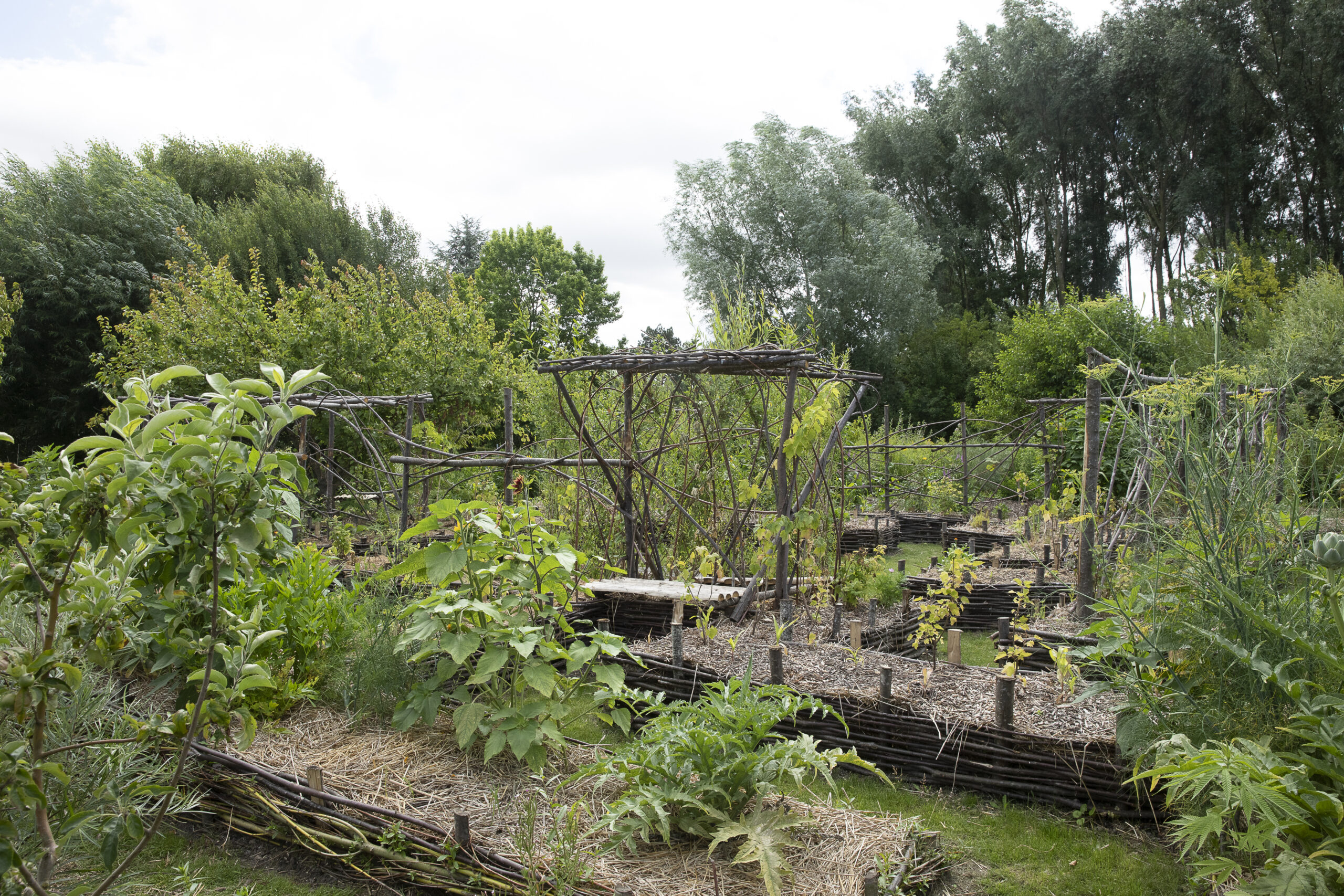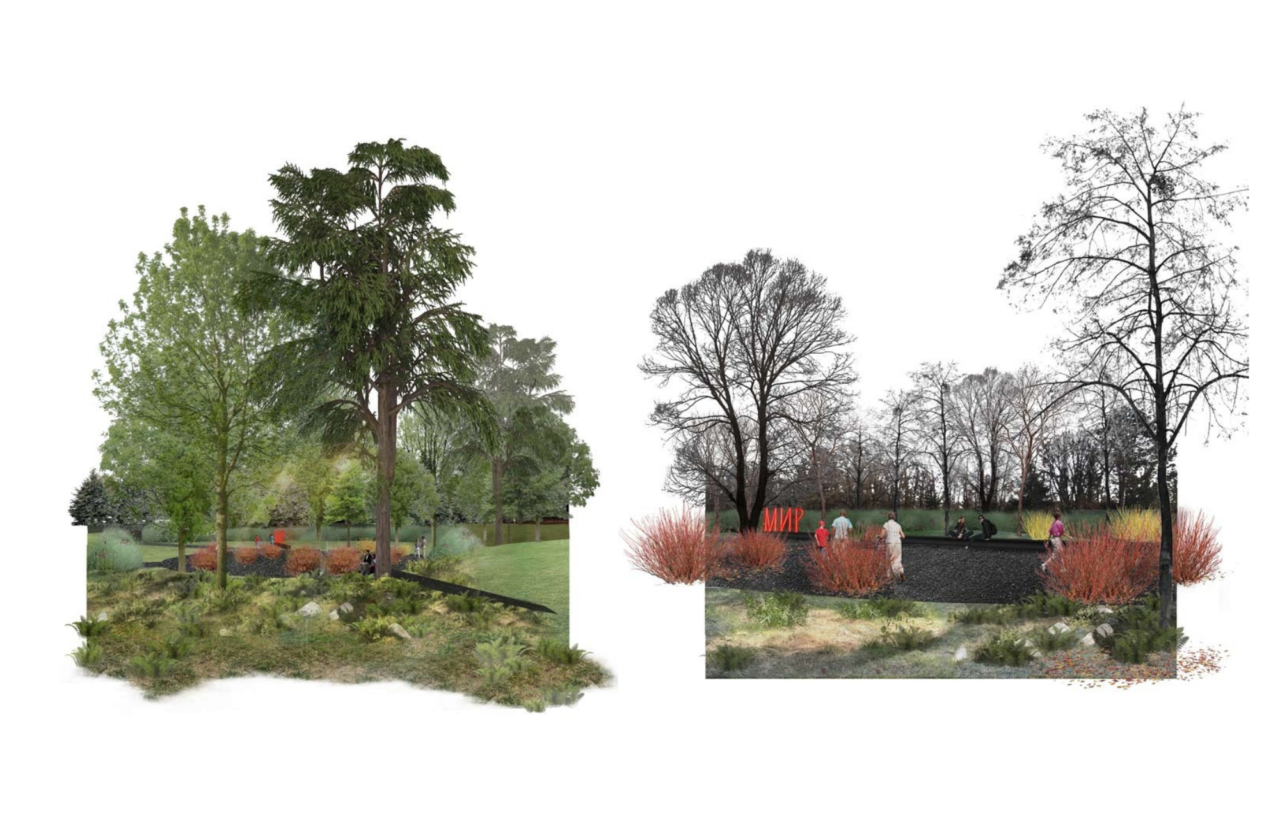The Garden of Peace in Metz is dedicated to women as drivers of peace in men’s wars. The garden is designed as a place of tranquility and reflection, where the void takes center stage with few other signs. Its design evokes traces of artistic memory, of both tragic and joyful events, of life and of the meeting between Russia and France, with artists who have lived this connection, such as Sonia Delaunay.
The garden’s design is inspired by an excellent suggestion of avant-garde Russian artworks by Rodchenko and Sonia Delaunay, mixed with Ivan Kupala’s pop culture and the great suggestions of the Russian landscape by Ivan Sishkin.
The two large circles of raised earth are like topological signs evoking a fallen bomb, interrupted by nature that has taken possession of it; nature has won and mixes to create a protected space.
The circular signs generate a place isolated from the demons of war, or from earthly demons, as in the fable of Ivan Kupala of the populations of Eastern Europe on the shortest night of the year. In the center, a void marked by two long industrial profiles recycled-recovered from iron (war, iron and fire), placed from north to south, as if to evoke the imaginary line of the Eastern front. The iron profiles that blend into the existing soil, as if to resemble a relic, a memory, become a long bench that crosses the entire garden. At the top of this line, supported by iron profiles, there is a large red inscription “МИР” (“MIR,” meaning peace in Russian), like a perpetual flame, a perpetual light of peace, readable from both the east and west, from all parts of the deployment. The central circle in white gravel leads to the “light of peace” and is dotted with red-barked shrubs (cornus sibirica) and perennials. In the shaded part under the existing trees, there are scattered ferns, plants that do not bloom but propagate silently through spores, allegorically like peace between peoples. Writing in the garden, as in Russian avant-garde artworks, becomes three-dimensional and alive, like a reminder and warning for future generations.




